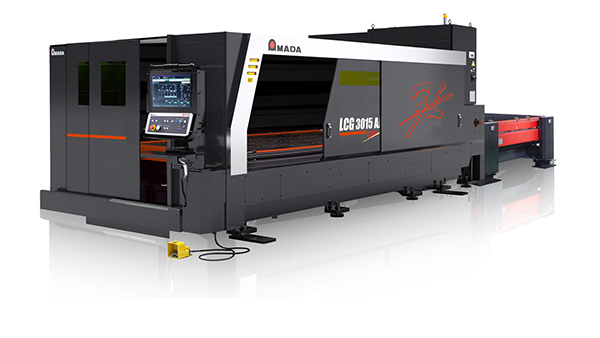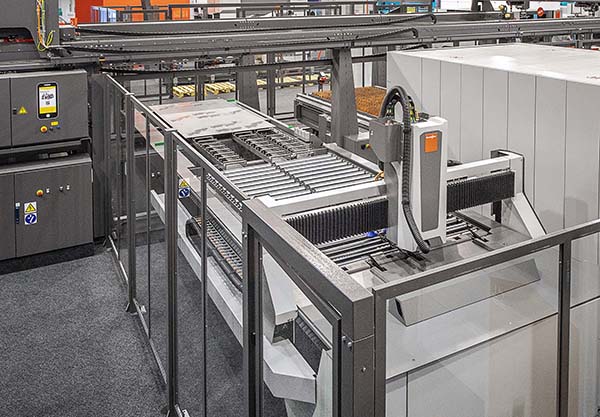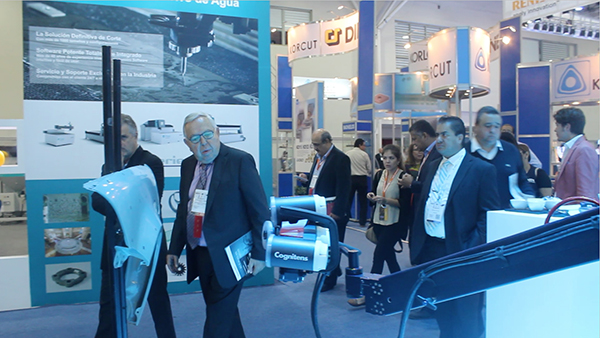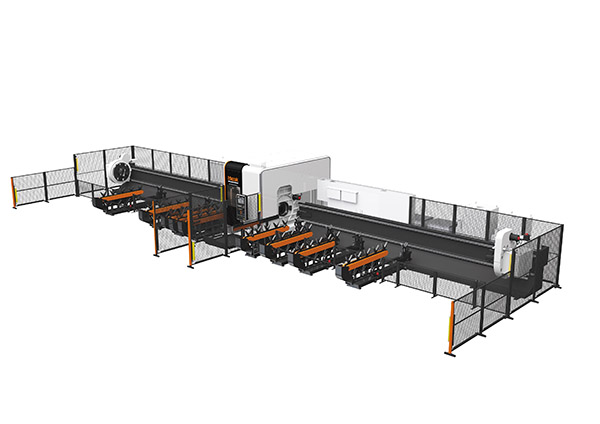Amada is making its new Clean Fast Cut (CFC) technology available as standard on the company’s 6 and 9 kW fibre laser cutting machines.

CFC is said to be up to 90% faster than standard Clean Cut (CC) and can use less nitrogen when cutting 8 mm stainless steel, for example. The technology was developed at Amada’s R&D centres in Japan and has been tested at the company’s European Laser Technical Centre near Munich.
The gains stem from a new design of cutting nozzle that optimises gas flow dynamics, and the company’s own fibre laser engine with 3 kW diode modules – said to be the largest in the industry.
CFC is capable of delivering benefits to general subcontractors that cut mid-thickness stainless steel and mild steel, as the higher cutting speeds and lower gas consumption give a reduced cost-per-part. Manufacturers needing to weld or paint parts after processing will also enjoy advantages as there is no need to clean the edges, which is necessary when using oxygen to cut mild steel. Food, marine, medical and chemical plant equipment producers will benefit too, thanks to higher productivity in stainless steel processing.
On a 9 kW Amada fibre laser, CFC is effective on stainless steel from 4 to 15 mm thick and mild steel from 4 to 12 mm, while on a 6 kW machine the technology will produce gains on stainless steel from 4 to 12 mm and mild steel from 4 to 8 mm. Below 4 mm thickness, Amada says that its standard CC is very productive. Importantly, CFC is not an optional extra and is shipping now as standard with newly ordered Amada 6 and 9 kW fibre laser machines.
For further information www.amada.co.uk






















